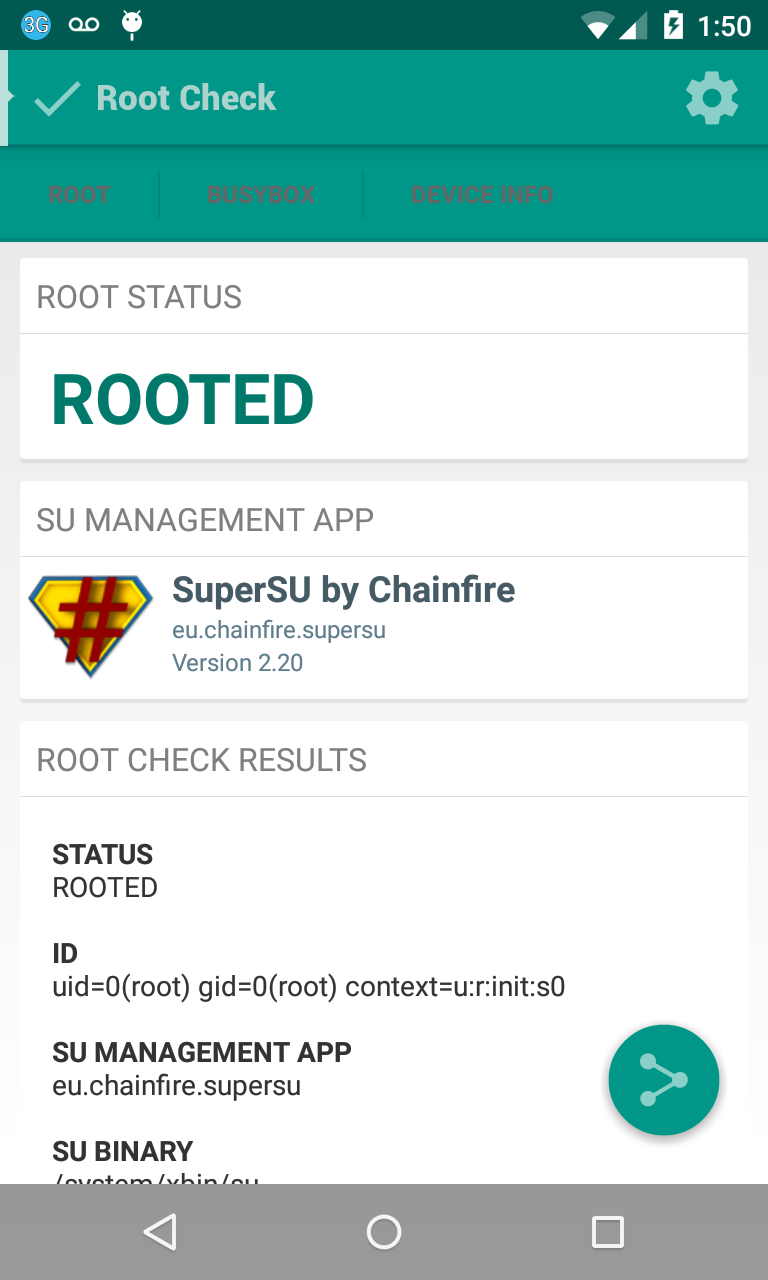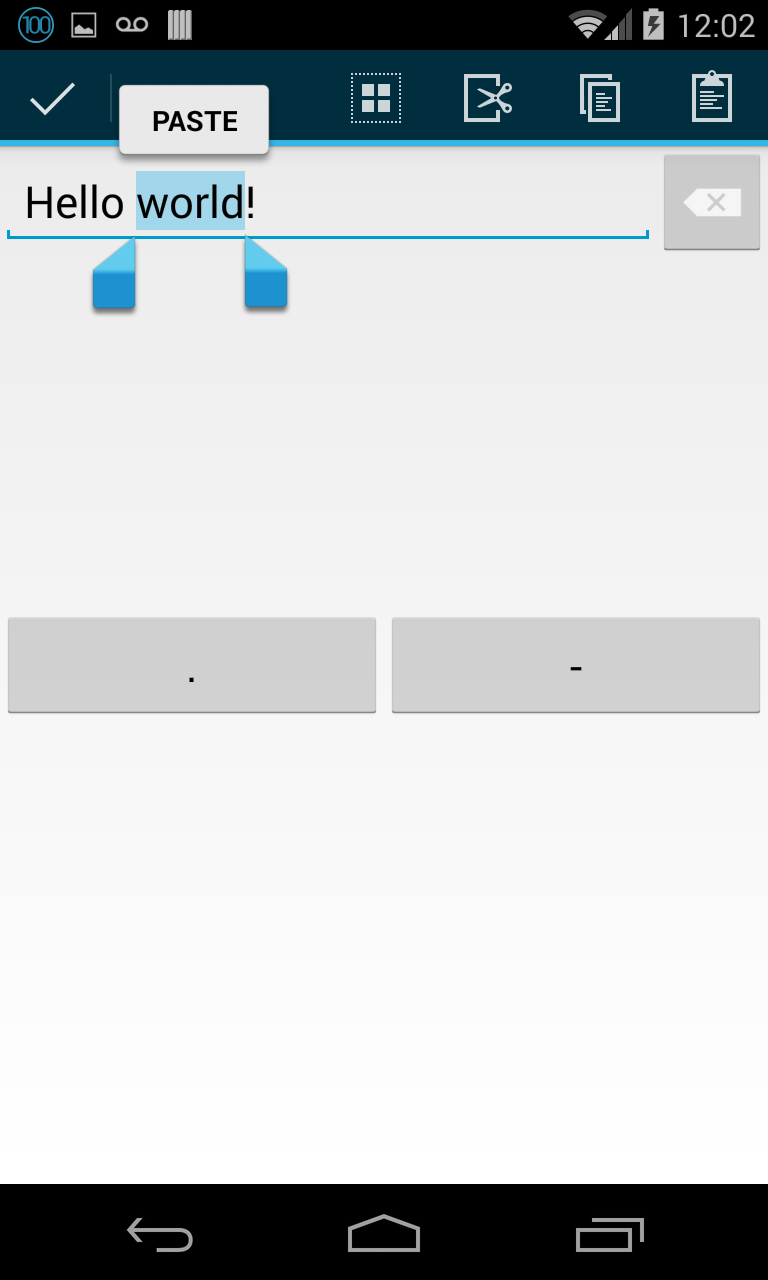Genymotion provides a different take on the Android emulator. I've known about it for at least a year, but never got around to trying it because of my really bad experience with the default emulator. I've always heard that it was much faster than Google's implementation, but I didn't think an Android emulator could ever be fast enough for me compared to my physical devices.
I'm always learning something new, and today was finally time for me to learn more about Genymotion and test just how much better it is.
Results: Excellent! So much of a great experience that I had to write this blog post about it! I should have tried Genymotion when I first heard about it, and this is my message to all Android devs to also try it out now!
Sidenote: I was going to compare the default emulator with the Genymotion emulator side-by-side, but it was taking too long to load for me, whereas Genymotion startup was a breeze of fresh air. It runs without any lag. It runs faster than my old API 17 device.
Another great benefit is that Genymotion provides system images for many of the most popular devices, including Samsung Galaxy, Samsung Note, HTC One, Nexus, and more. And, they have a very convenient plugin for Android Studio to launch the emulator.
TLDR: It's fast. I have to make sure I stress that because I didn't believe how fast it would be. Genymotion's Android emulator is much faster and better experience than the default Android emulator.
Here, I even saved enough time to write a quick walkthrough for getting started. ;)
- Go to Genymotion.com, click "Get Genymotion".
- Download the free version, you'll have to sign up and confirm your email. (It's quick and it's worth it!)
- Install it along with VirtualBox. For Windows users, they can bundle the two together in the download. For other, you'll have to install VirtualBox separately.
- If you try to run it now, you might get an error that says "genymotion virtualization engine not found. Unable to load VirtualBox engine". So, just restart your computer and that fixed it for me. Some others had to enable the virtualization feature in the BIOS.
- Run! Fast!
- Now, you can click run in Android Studio and you will see an option to load the app in the Genymotion emulator that is running.
Bonus: How to Install the Genymotion Plugin for Android Studio (and, the first time you click on the installed plugin button, you'll have to add the path to where you installed it. Windows default is "C:\Program Files\Genymobile\Genymotion". Mac default is "/Applications/Genymotion.app")
~ Danial Goodwin ~






